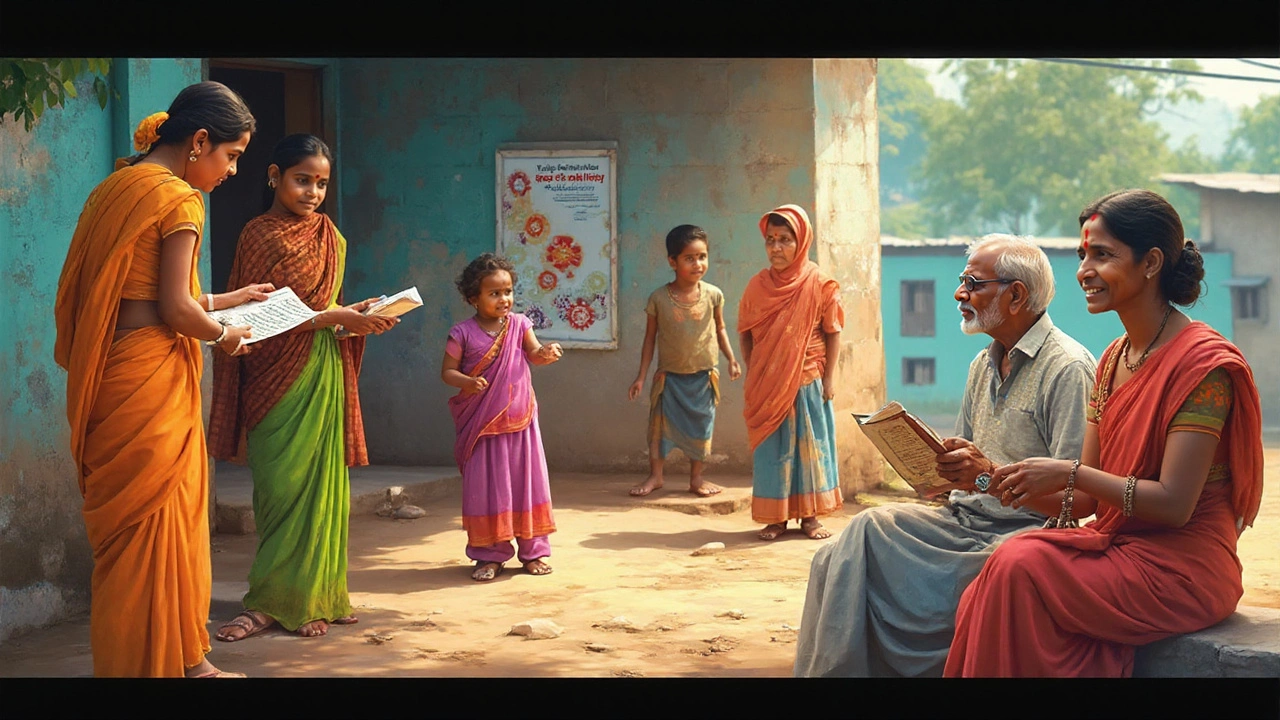Public Health Models: How Communities Stay Healthy Through Smart Design
When we talk about public health models, structured frameworks used to design, implement, and evaluate efforts that prevent disease and improve community well-being. These aren’t theories tucked away in textbooks—they’re the actual systems that made polio disappear from India, cut smoking rates, and kept millions safe during outbreaks. A public health model takes something messy—like a rising number of diabetes cases—and turns it into a clear plan: who to reach, how to reach them, and what to do next. It’s not about treating one person at a time. It’s about changing the environment so healthy choices become the easy choices for everyone.
These models rely on three key parts: public health programs, organized efforts like vaccination drives or clean water projects that target entire populations, health intervention, specific actions designed to change behavior, like smoke-free laws or nutrition workshops, and health policy, rules and funding decisions made by governments or institutions that shape what’s possible. You can’t have one without the others. A great vaccine means nothing if people don’t trust it. A smart law won’t work if no one enforces it. And a program that doesn’t measure results is just noise.
Look at what’s worked in India: polio eradication didn’t happen because doctors visited every home. It happened because public health models mapped every village, trained local workers, used mobile tech to track doses, and made vaccination a routine part of life. The same logic applies to clean water projects in rural areas, maternal care campaigns in urban slums, or anti-tobacco ads on TV. These aren’t random acts of kindness—they’re built on repeatable, tested systems. And that’s why some programs fail while others save thousands.
What you’ll find below isn’t just a list of articles. It’s a collection of real stories showing how these models work on the ground—from the people running them to the data that proves they work. You’ll see how simple, low-cost interventions beat expensive tech when designed right. You’ll learn why some programs spread fast while others die quietly. And you’ll understand the hidden rules behind what makes public health actually stick.




